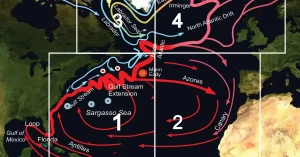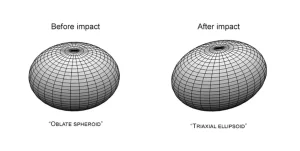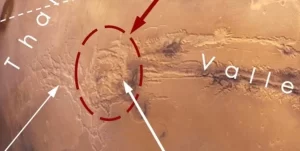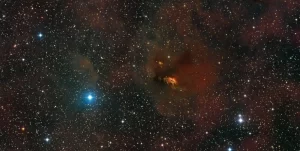Study suggests ancient interstellar cloud collision shrank heliosphere to 0.22 AU, substantially impacting Earth
A new study published in Nature Astronomy provides evidence that our solar system passed through a dense interstellar cloud 2 – 3 million years ago, exposing Earth to higher cosmic radiation and altering the climate. The discovery suggests that the Sun’s location in space might shape Earth’s history more than it was previously considered.










